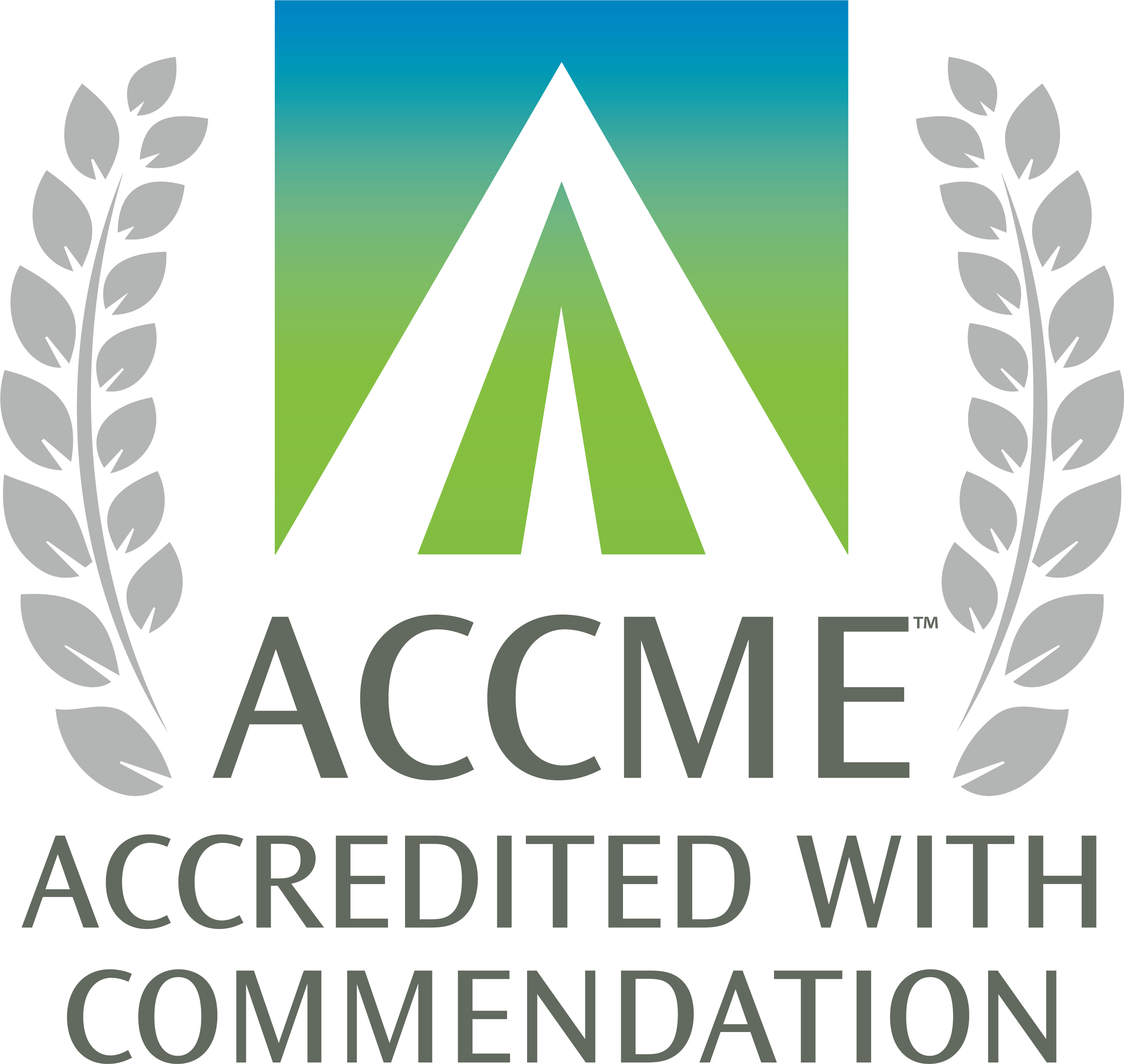Otitis Media [2013 update]
To begin this activity, click Enroll. Once logged in, learners can access educational content, assessments, and evaluations. Learners who successfully complete the activity will be able to print a certificate.
Release Date:
Wed, 1/1/20
Termination Date:
Thu, 12/31/20
Credits:
1
Description:
Otitis media is one of the most common diagnoses made by pediatricians. However, a great deal of variability remains in diagnostic criteria, approaches to therapy, and follow-up. This self-study activity provides practical guidance to clinicians about diagnosing and treating otitis media based on available empirical evidence.
Key and newer aspects of care that are elaborated in the guideline include:
When medical antibiotic treatment is indicated:
Treat AOM that is clinically unresponsive to amoxicillin after 72 hours of therapy with either: Patients with persistent symptoms on these agents should receive: ceftriaxone – pediatric 50-75 mg/kg/day IM x 1-3 days; adult 1-2g IM/IV daily x 1-3 days. The decision to use ceftriaxone should take into account the possible impact of this antibiotic on patterns of antibiotic resistance. Decongestants and nasal steroids SHOULD NOT be used to treat middle ear effusions.
Key and newer aspects of care that are elaborated in the guideline include:
- The diagnosis of acute otitis media (AOM) should be based on symptoms of fever and/or otalgia in conjunction with the identification of an inflammatory middle ear effusion.
- Deferring antibiotic therapy should be considered for children age 2 and older with AOM and mild to moderate symptoms.
- Analgesic therapy should be recommended for all children with AOM.
- When antibiotic therapy is deferred, facilitate patient access to antibiotics if symptoms worsen (e.g., a "back-up" prescription given at visit or a convenient system for subsequent call-in).
- For children with AOM unresponsive to high dose amoxicillin, either amoxicillin/clavulanate or high dose azithromycin are appropriate second line therapies.
- Oral cephalosporins should not be used to treat AOM.
- Referral to otolaryngology for otitis media with effusion (OME) should be based on apparent developmental or behavioral problems or concern for anatomic damage to middle ear structures, rather the simple duration of the effusion.
When medical antibiotic treatment is indicated:
- High dose amoxicillin is the first choice of antibiotic therapy for all cases of AOM.
- Children:
- Dosing: < 4 years, 80 mg/kg/day divided BID; ≥ 4 years, 40- 60 mg/kg/day.
- Duration 5- 10 days: 5 days is usually sufficient at lower cost and fewer side effects, although 10 days reduces clinical failure [A*]. Consider 10-day course for young children with significant early URI symptoms, children with possible sinusitis, and children with possible strep throat.
- Children:
- Adults: either 875 mg BID x 10 days or 500 mg 2 tabs BID x 10 days.
- amoxicillin/clavulanate – pediatric 80 mg/kg divided BID x 10 days; adult 875/125 mg BID x 10 days
- azithromycin – pediatric 20 mg/kg daily for 3 days; adult 1 g daily for 3 days
Educational Objectives:
Participants in this CME activity will understand and be able to implement evidence-based cost-effective clinical strategies for the diagnosis and treatment of otitis media in children and adults.
Target Audience:
This self-study activity is appropriate for primary care clinicians and other health care providers who diagnosis and treat otitis media in children and adults.
Accreditation and Credit Designation:
The University of Michigan Medical School is accredited by the Accreditation Council for Continuing Medical Education (ACCME) to provide continuing medical education for physicians.
The University of Michigan Medical School designates this enduring material for a maximum of 1.0 AMA PRA Category 1 Credits™. Physicians should claim only the credit commensurate with the extent of their participation in the activity.
Original Release Date: April 2013
Termination Date: February 2022
Continued availability of CME credit for this activity depends on a thorough review of its content every three years. This activity was last reviewed for currency and accuracy in February 2019, and availability of CME credit continued.
The University of Michigan Medical School designates this enduring material for a maximum of 1.0 AMA PRA Category 1 Credits™. Physicians should claim only the credit commensurate with the extent of their participation in the activity.
Original Release Date: April 2013
Termination Date: February 2022
Continued availability of CME credit for this activity depends on a thorough review of its content every three years. This activity was last reviewed for currency and accuracy in February 2019, and availability of CME credit continued.
Additional Info:
Authors:
Heather L. Burrows, MD, PhD; General Pediatrics
R. Alexander Blackwood, MD; Pediatric Infectious Disease
James M. Cooke, MD; Family Medicine
R. Van Harrison, PhD; Medical Education
Kathryn M. Harmes, MD; Family Medicine
Peter P. Passamani, MD; Pediatric Otolaryngology
Consultants:
Kristin C. Klein, PharmD; UMH Pharmacy Services
Financial Disclosure Information:
There are no financial relationships to disclose for this CME activity.
Heather L. Burrows, MD, PhD; General Pediatrics
R. Alexander Blackwood, MD; Pediatric Infectious Disease
James M. Cooke, MD; Family Medicine
R. Van Harrison, PhD; Medical Education
Kathryn M. Harmes, MD; Family Medicine
Peter P. Passamani, MD; Pediatric Otolaryngology
Consultants:
Kristin C. Klein, PharmD; UMH Pharmacy Services
Financial Disclosure Information:
There are no financial relationships to disclose for this CME activity.
Credits available:
AMA PRA Category 1: 1.00
Participation: 1.00


